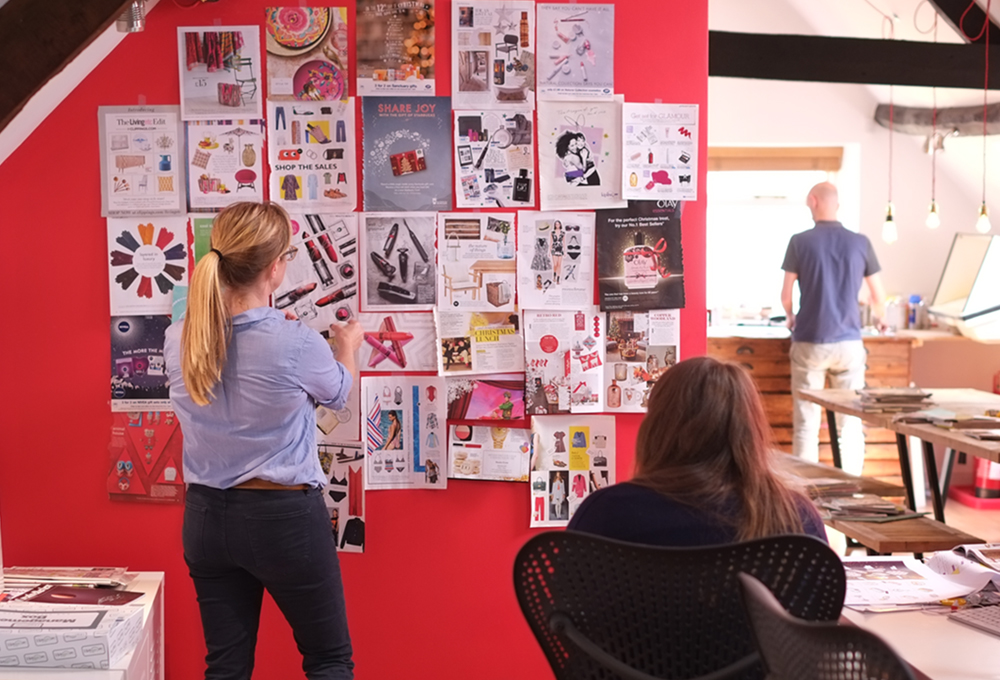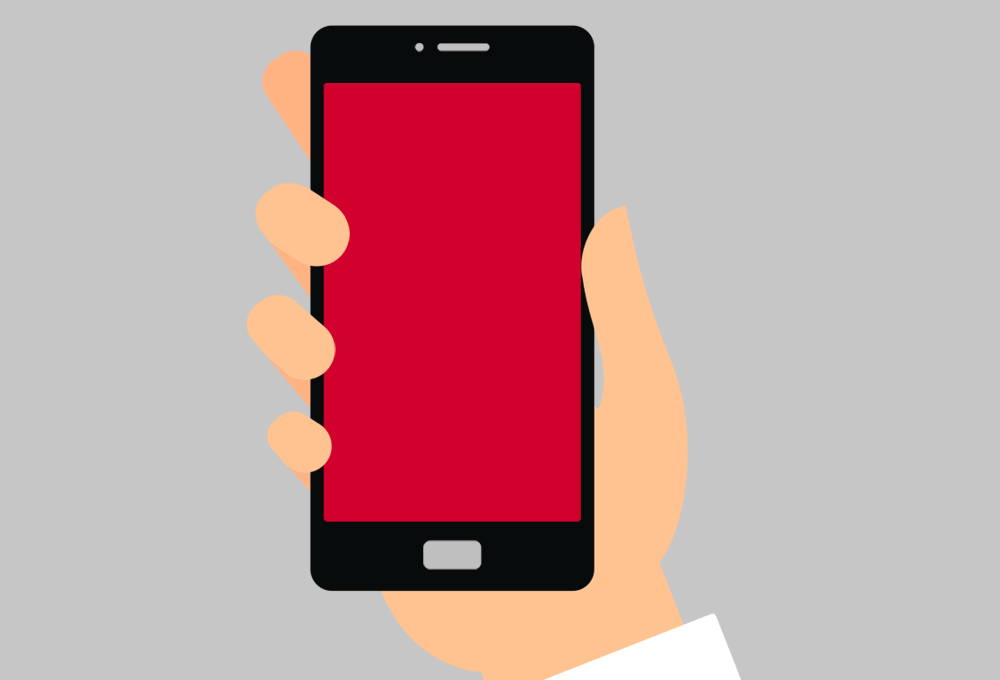Learning how to see

I’ve been interested in visual literacy ever since I started working alongside designers. But it wasn’t until recently that I decided to actually do some research into the fuzzy-edged concept I’ve been carrying around in my head. It turns out I’m not the only one (although granted, I’m a little late to the party).
I’m going to have a look at what visual literacy is, explain why I’m thinking about it now, consider how it can help us do our jobs in this very visual industry, and give you a few ideas to help you exercise your own visual literacy skills – it’s kinda fun!
What is visual literacy?
Definitions vary, because it’s part of so many fields of study (art history, philosophy, information design, graphic design, education to name a few). As I understand it, it’s your ability to interpret visual language and to build up a visual vocabulary which then helps you communicate visually with other people.
Here are a couple of definitions written by people who’ve been studying this a bit longer than I have:
“understanding how people perceive objects, interpret what they see, and what they learn from them”
– 2004 Berkshire Conference white paper
“a visually literate person [can] discriminate and interpret the visible actions, objects, symbols, natural or man-made, that he encounters in [their] environment.”
– John Debes, coined the term

Why is it important now?
Visual literacy has been a hot issue in various areas in recent years – particularly education – mainly because non-text visual information is so much more prevalent in so many areas of life than it was, say, ten years ago.
Then: text ruled the roost
Think of the emphasis on textual literacy (reading) we’re all used to. Traditionally, curriculums have been heavily text based, and we think of reading and writing as completely essential. If you’re lucky enough to live in a similar situation to the one I grew up in, you sort of assume – rightly or wrongly – everyone you come across can read and write. (People who don’t have complete vision perceive text and reproduce it as well through touch, which is an interesting extension of this train of thought we can explore another day.)
It’s certainly the case in my line of work that stakeholders on projects generally seem more comfortable getting stuck in with copy than they do with design. It’s easy to discuss language, with its familiar systems and common meanings. Visual communication is much hazier for many of us, but it’s not (as it can be tempting to claim) entirely subjective. I work with designers who’ve had a ton of visual training, and their work isn’t solely about aesthetics: it has content and meaning. They’ve learned to think visually, to analyse their perceptions and to communicate ideas back out into the world through visual media.
I’m not saying we all need to become designers. I am saying we could all use a dose of the visual literacy they have gained. Now the volume of visual information we’re exposed to is increasing exponentially, education is starting to change to reflect that – but it’s slow.
Now: more imagery than ever
The amount of different visual information we encounter in a day has risen exponentially in the information age. For myself, I’m about as likely to convey information with a photo or animated gif as I am with text, never mind all the time I spend on Twitter and Instagram. I found an American study from back in 2010 that found “8-18 year-olds [were devoting] an average of 7 hours and 38 minutes (7:38) to using entertainment media across a typical day” – a lot has changed since then, and that figure is probably higher now, but the way we teach kids is only slowly catching up.
It’s important because we need to be equipped to think about, analyse and question the images we see. The textually literate bits of our brains are all set, well-trained and ready to pounce on things that look inconsistent, misleading or dodgy in copy (keeps me on my toes). In many cases now, written language just isn’t the first-choice medium any more, especially as it has become so easy to communicate pictures and video via so many channels and platforms.

How can it help us do our jobs better?
It seems to me that the average consumer (whatever the sector) is more visually literate than they were five years ago, simply through exposure. Indeed we have all had more practice at interpreting visual texts, whether we’ve realised it or not. The world around us is richer than ever with information conveyed in so many different ways. And my point is this: visual literacy helps us do three things:
- Navigate increasing amounts of visual information at a factual level
- Critically analyse visual information, its authorship, intention and implications
- Create work that communicates more effectively on more levels.
In our newly visually-rich environments, thinking more visually makes more room for creativity. Two very obvious examples spring to mind, but I think they’re worth pointing out.
Make success visible
Whether it’s a graph, a timeline, a mood or vision board, or your face photoshopped onto someone collecting the award you’re after, having a visible reference point for success makes it more tangible. In the words of Marian Wright Edelman “it’s hard to be what you can’t see”.
Think visually inside and out (but especially inside)
Where you can, choose more visual ways of communicating your message than spreadsheets and PowerPoint bullets. Do a sketch, add imagery to complement your thinking, make an infographic, use AV media in your presentations. I think this is particularly important for internal communication. When we launch a new brand, we encourage our clients to make an event of presenting it to internal teams, and we craft a presentation to help them express the journey we’ve been on together. Lavish even half as much visual thinking on your colleagues as you do on your customers, and I think you’ll be pleasantly surprised at the results.
How can we improve our visual literacy?
As with so many things, it comes down to practice. But it doesn’t have to be a chore. Here are a few different ways to start getting your eye in…
Ad-hoc. What’s going on in this picture?

What’s going on in this picture? is a lovely feature from the New York Times’ learning network. Every week from September to May, an image is posted on line with no caption, and an open invitation to discuss it. The instructions ask viewers to consider three questions:
- What is going on in this picture?
- What do you see that makes you say that?
- What more can you find?
Just reading other people’s observations can open you up to different ways of interpreting a visual ‘text’. Try it when your brain needs a break to get you thinking differently.
Event. Visual communication in your team
Team-building days are great opportunities to explore visual communication and have some fun – and the perfect change of scene if you’re in a very text-heavy sector. We can highly recommend typography workshops, lino printing, screen printing and ceramics. Anything that gets you thinking differently.

Reading. Some recommendations.
It may seem like a paradox to recommend the printed word for help with visual literacy, but these gems are interesting AND beautiful, which is pretty much all we want from a book, whatever the subject matter:
- The Art of Looking Sideways
- How to see (The book that inspired this post)
Written by Chloe Marshall
About markmaking*
markmaking*
mark-making* is an award-winning creative agency specialising in branding, campaigns and communications